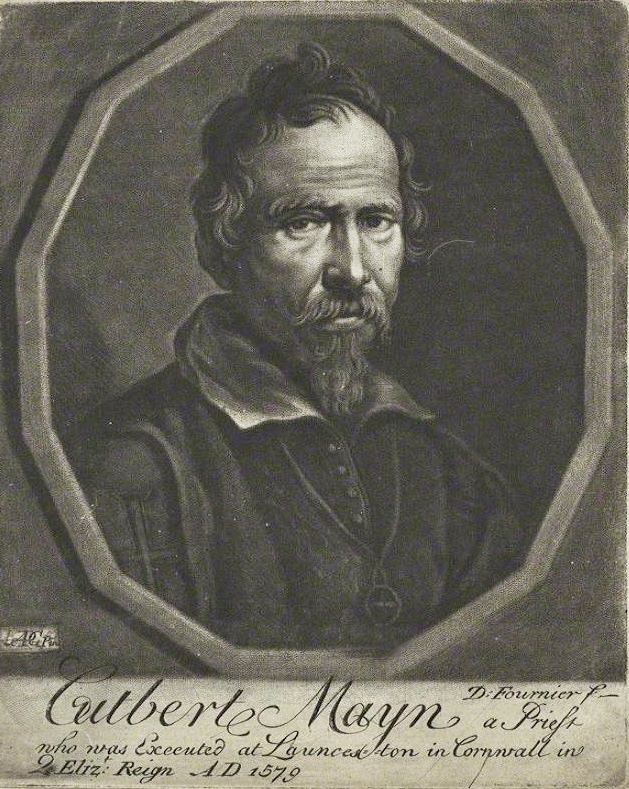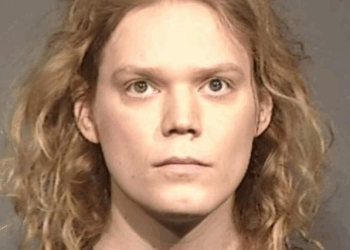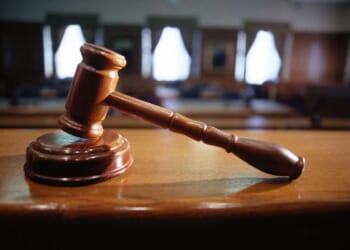In June of 1577, an Englishman by the name of Cuthbert Mayne was taken under arrest by the High Sheriff of Cornwall and imprisoned in Launceston Castle to await trial for high treason. Mayne was born in Devon, in southwest England, and had been a Protestant cleric as a young man. But during his subsequent studies at Oxford, he converted to Catholicism.
Mayne had narrowly escaped arrest once already and, in 1573, he fled England for the north of France. There, he joined the new English College in the town of Douai where he would receive ordination and complete his studies.
The English College at Douai (or Douay, for those who are familiar with the translation of the Bible the college produced) was established in 1568 by William Allen. Originally intended to be a place of study for Catholic exiles from English schools, it soon became a seminary for training priests who, Allen hoped, would lead the reconversion of England and Wales. From the point of view of the crown, the English College was a training ground for traitors and foreign agents intent on overthrowing Queen Elizabeth at the behest of the pope.
Suffice to say, the priests who returned from the English College at Douai to minister in their native lands did not expect a warm welcome from the English authorities. The treatment of Cuthbert Mayne showed clearly just how unwelcome they were. Mayne was found guilty and sentenced to be hanged, drawn, and quartered. When he heard his sentence read out, he replied, simply, “Deo gratias.” Mayne was the first of the graduates of the English College at Douai to be executed for treason. He would not be the last.
Between November 1577, when Mayne was martyred, and the October 1680 execution of Thomas Thwing, 158 men who studied at Douai were ultimately executed by the English authorities. Most of these were eventually beatified, and 20 were canonized (alongside other Martyrs of England and Wales) in 1970 by Pope Paul VI.
Among the Douai men canonized, the best known of them was undoubtedly Edmund Campion, who was martyred at Tyburn, alongside his fellow Jesuit, Alexander Briant, and Ralph Sherwin. Both Briant and Sherwin were among the Douai men canonized by Paul VI, as was Cuthbert Mayne.
St. Cuthbert Mayne, as I’ve said, was martyred at Launceston in Cornwall. Most of the other Douai martyrs met their grisly fate at the Tyburn tree – as London’s infamous gallows was known – near the northeast corner of Hyde Park. Hyde Park was a royal hunting ground in the late sixteenth century, and the condemned prisoners would be paraded there from where they were imprisoned in Newgate or the Tower of London.

As for William Allen, who would eventually be made a Cardinal by Pope Sixtus V, he went on to establish an English College in Rome modeled on the college at Douai. Many of the Douai martyrs, including Campion and Sherwin, also studied at the Venerable English College, as the Roman college is now known.
As for the College at Douai, it survived until 1793 when, like so many other Catholic institutions, it became a casualty of the French Revolution. The college property was confiscated and its students imprisoned for some months before being released to return to England. By that time, mercifully, restrictions on Catholics in England had lessened, and the seminary of Douai was transferred to the newly created St. Edmund’s College in Hertfordshire. The college had come home, and English Catholic priests were once again being trained on English soil.
The next half-century saw the passage of the Catholic Relief Acts and the restoration of the English hierarchy by Pope Pius IX. In 1869, Cardinal Manning established a new seminary apart from St. Edmund’s. His successor moved the seminary again. And his successor moved the seminary back to St. Edmund’s in 1904.
Right around this same time, the very beginning of the 20th century, a young community of nuns, devoted to the Eucharist and particularly to Eucharistic Adoration, was expelled from France. They crossed the Channel and took up residence near Tyburn where they remain today. In addition to perpetual adoration, they keep a shrine to the Tyburn martyrs, including numerous relics. A place of death and torture – centuries of death and torture – has become a place of devotion and perpetual adoration of our Lord.
Some years after the sisters arrived at Tyburn, a young American scholar-priest by the name of Fulton J. Sheen arrived in England and taught for a time at St. Edmund’s.
In the 1970s, not long after the canonization of so many Douai martyrs, the seminary moved to its current home in Chelsea, taking over a convent which had been built over the site of St. Thomas More’s great house. Allen Hall, as it is called in honor of the founder of the College of Douai, serves the Archdiocese of Westminster.
It has been more than twenty years since I set foot in Allen Hall. But I still remember the list of names, high on the refectory wall, looking down over the tables where the seminarians take their meals and entertain guests. They were the names of Douai’s martyrs. It was a sobering and bracing list, and a powerful (if not subtle) reminder to the contemporary residents of Allen Hall of the courage and devotion of the men who went before them.
Cardinal Allen’s dream that the men of his College at Douai would return to England and bring her back to the Catholic faith did not come true. Or rather, let’s say it hasn’t yet come true. The Church thinks in centuries and God in even greater swaths of time. Meanwhile, King Charles was in the Vatican last week to meet with – and especially to pray with – Pope Leo. As the motto of Allen Hall Seminary has it, vivamus in spe. (“Let us live in hope.”)
England and Wales celebrated the feast of the Martyrs of Douai on October 29. Orate pro nobis.




![Hegseth Demands Fitness Requirements, Says 'Fat Troops' 'Not Who We Are' [WATCH]](https://teamredvictory.com/wp-content/uploads/2025/09/Hegseth-Demands-Fitness-Requirements-Says-Fat-Troops-Not-Who-We-350x250.jpg)






